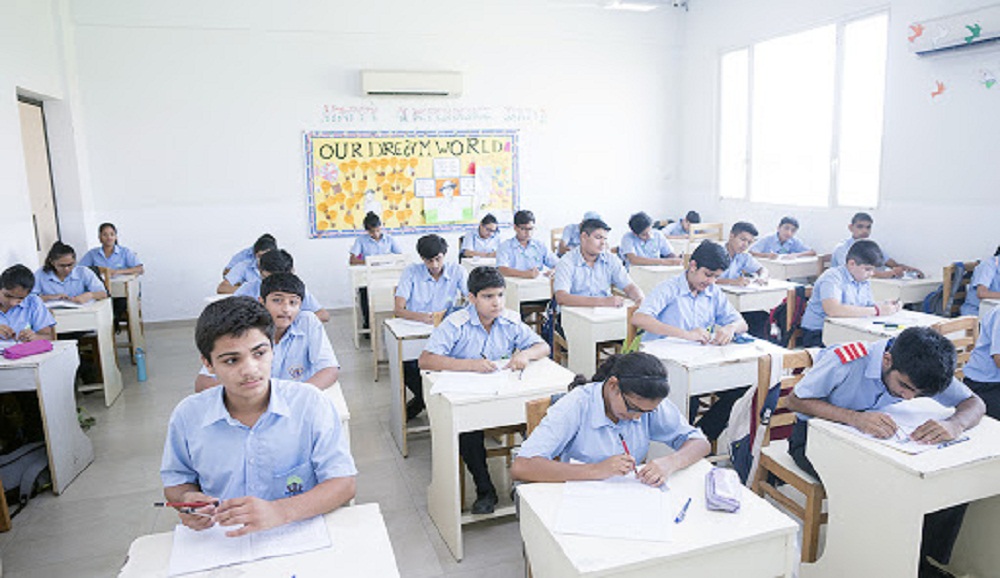Human beings are probably the only species capable of thinking deeply. We can simulate possible future outcomes about things that may or may not happen. We can generate ideas and innovate, ask questions that have not been asked before and dissect an event minutely once it has caught our attention. One of the bigger motives of education is to equip children with the ability to think correctly for themselves and critically analyze every aspect that is thrown to them by their ambiance. Along with content knowledge, the ability to think and apply ideas bind together to complete schooling in its true sense.
In view of this, the top 10 schools in Yamunanagar focus on several modes of thinking rather than simple critical thinking. In fact, critical thinking is an umbrella term that can be segmented into the following modes where every style must work in tandem to shape an idea or view. Every student deserves to master these modes of thinking and fall back upon them whenever necessary to not only develop their personal selves but collectively help improve society as well.
Vertical thinking
Imagine this as a stack of information that leads to a particular answer. One evidence comes after the other and strings together to help come to a conclusion. Why does the Earth revolve around the Sun and not the other way around? For this, students have to think vertically and that is how they learn. First, the basics of the solar system come in. Then, a study on gravity. On top of that, the laws of forces are built and finally, gravity is connected to mass. Every stack is more complicated than the one below it. And this process of thinking leads to a solid knowledge foundation.
Horizontal thinking
This is a curiosity-driven thinking mode and often the preferred tool of the best list of boarding schools in India. Here, the flow of learning involves multiple questions and multiple answers where the stack is laid side by side instead of on top of one another. One question is answered first, followed by a related question which is again answered and the cycle goes on until the curiosity regarding the topic is quenched to some extent. Most scientific innovations have started with horizontal thinking until the scientists concluded that there is one bigger question that needs answering and that is when the next mode of thinking comes in.
Convergent thinking
Various facts lead to one answer. Unlike vertical thinking, the information here may or may not be strung together in a sequence. Some may be relevant while others are completely unnecessary. Students collect as much information as possible from as many sources and then think which group together can best answer the matter at hand. Convergent thinking forms the foundation of research and probes students to find answers out of the scope of the mentioned syllabus. Both horizontal and convergent thinking together lead to the formation of a massive knowledge base.
Divergent thinking
Used in the same breath as convergent thinking, the concept is just the opposite. The starting point is an idea from where thinking diverges to include various facts and answer the question that emerged in the mind. This is how Newton answered his query as to why the apple fell on the ground and the Wright Brothers built the world’s first airplane. Divergent thinking stems from ideas and leads to innovation and discovery. Here, imagination plays a crucial part to give students that initial nudge. Thinking then becomes spontaneous and makes things happen.
Critical thinking
As obvious, vertical, horizontal, convergent, or divergent cannot work alone. Only vertical thinking creates a mindset of blindly following instructions whereas only convergent thinking can lead to lifelong research without any innovation. Hence, the top school in Haryana brings all these modes together in their students and creates critical thinking where every matter is approached with the necessary mode. If information is readily available, vertical or horizontal can work. If an idea needs exploration, convergent or divergent can start it off. The progress will then decide which other modes must come in now as students possess the ability to hop from one mode to another.
Swarnprastha Public School teaches critical thinking with this model approach. Through its pedagogy, students build on all modes of thinking to the extent that helps them to become innovative, rational, critical, and curious. SPS has the infrastructure to back disruptive thinking. It has expertise through its teachers to create analytical students who are also imaginative. Thinking, ultimately, is a human superpower. And when sharpened right to use it as a developmental tool, true progress happens in all spheres of life.








